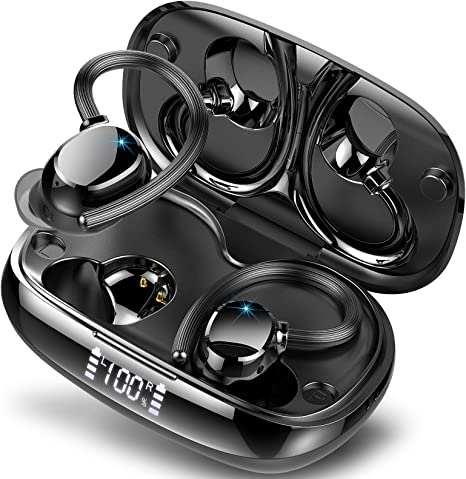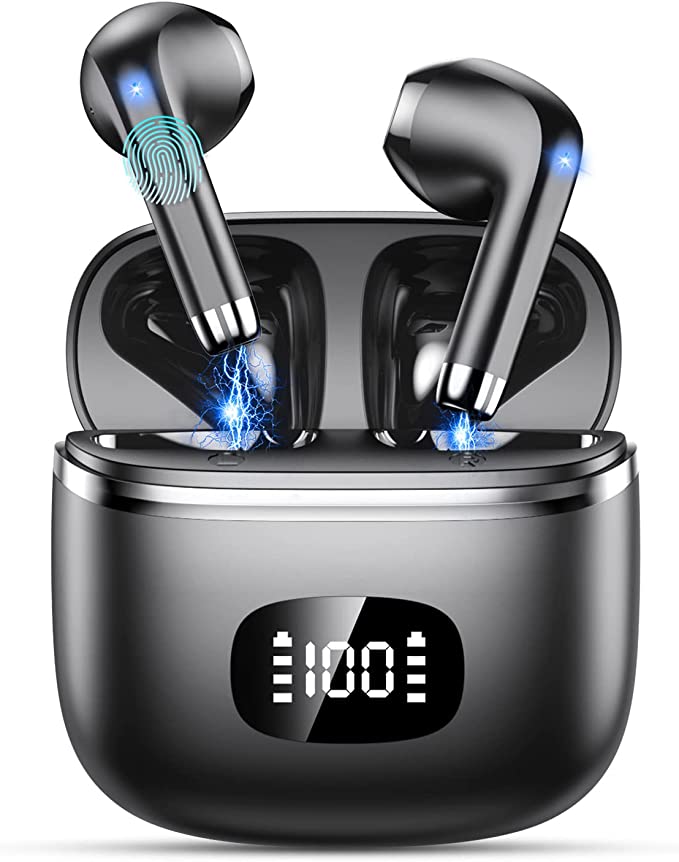RKIN ZIPDI Zero Installation Purifier: Enjoy Pure, Healthy Water Effortlessly
Update on July 28, 2025, 3:59 p.m.
In an age of heightened awareness about environmental and health matters, the journey water takes to our glass has never been under more scrutiny. From aging municipal infrastructures to emerging contaminants, the desire for pristine, trustworthy drinking water is a growing priority in households across North America. While whole-house filtration systems offer one solution, a new wave of sophisticated, user-friendly technology is empowering individuals to take control of their water quality right from their countertops. The RKIN ZIPDI Zero Installation Purifier represents a significant step in this evolution, packaging a complex, multi-stage purification process into an appliance as simple to use as a coffee maker.
This isn’t just about making water taste better; it’s about fundamentally re-engineering it at a molecular level. To understand its capability, we must first journey into the science that powers it.

The Gatekeeper of Purity: Understanding Reverse Osmosis
At the core of the RKIN ZIPDI lies a powerful and proven technology: Reverse Osmosis (RO). Imagine a microscopic gatekeeper, a bouncer at the most exclusive club, with a guest list that only includes water molecules. This gatekeeper is the RO semipermeable membrane, a material engineered with pores so minuscule that they are thousands of times smaller than a human hair.
In nature, the process of osmosis involves water moving from a less concentrated solution to a more concentrated one to achieve balance. Reverse Osmosis, as the name implies, flips this process on its head. By applying pressure, the system forces tap water against the membrane. This pressure overcomes the natural osmotic pressure, allowing pure water molecules ($H_2O$) to pass through the membrane’s tiny pores while rejecting a vast majority of dissolved contaminants. Heavy metals, salts, fluoride, and other inorganic and organic substances are effectively blocked and subsequently flushed away. It’s a physical separation process of remarkable precision, and it forms the heart of this purification system.

A Four-Stage Gauntlet to Purity
While the RO membrane does the heavy lifting, it doesn’t work alone. The RKIN ZIPDI employs a comprehensive, four-stage filtration process, where each stage systematically targets different types of impurities, ensuring the final product is exceptionally pure.
Stage 1: The Sediment Shield
Before any advanced chemistry takes place, the water first passes through a five-micron sediment filter. This initial stage is purely mechanical, acting as a physical barrier to larger particles. It effectively traps and removes sand, silt, rust, and any other sediment that may have been picked up from aging pipes, ensuring the more delicate filters downstream are protected from clogging and can perform optimally.
Stage 2: The Carbon Magnet
Next, the water encounters a block of activated carbon derived from coconut shells. Carbon filtration doesn’t work by simply sieving particles; it works through a process called adsorption. The carbon’s vast, porous surface area acts like a magnet for certain chemical contaminants. It excels at reducing chlorine—the chemical responsible for the typical “tap water” taste and smell—as well as volatile organic compounds (VOCs) and other synthetic chemicals, significantly improving the water’s taste and odor.
Stage 3: The Heart of the System
Now pre-filtered, the water reaches the 75 Gallon Per Day (GPD) Reverse Osmosis membrane. Here, the intense purification process described earlier takes place. It’s at this crucial stage that up to 99% of dissolved contaminants are methodically removed, including difficult-to-filter substances like heavy metals (e.g., lead), fluoride, and emerging contaminants of concern.
Stage 4: The Final Polish – The OnliPure Difference
For most systems, the journey would end after the RO stage. However, the OnliPure Edition adds a final, decisive step. This post-filter contains a specialty ion exchange resin designed to capture even the trace amounts of dissolved solids that might have slipped past the RO membrane. The goal is to reduce the water’s Total Dissolved Solids (TDS) to as close to zero as possible. TDS, measured in parts per million (ppm), is the combined total of all inorganic and organic substances dissolved in water. By stripping these remaining ions, the OnliPure filter produces water with a purity profile similar to lab-grade or distilled water, offering a clean, crisp taste for those who prefer absolute purity.
Certified Confidence: Beyond the Claims
In the world of water purification, claims are meaningless without verification. The RKIN ZIPDI system is certified by IAPMO R\&T, a highly respected third-party testing and certification body, against NSF/ANSI 58. This standard is specifically for reverse osmosis drinking water systems and verifies a unit’s ability to reduce a list of specific contaminants. For the ZIPDI, this certification includes the reduction of TDS, Fluoride, Lead, Hexavalent & Trivalent Chromium, and, critically, PFOA/PFOS. These “forever chemicals” have become a significant public health concern, and having certified removal capability provides a crucial layer of assurance.
Engineered for Modern Living
Perhaps one of the most compelling aspects of the RKIN ZIPDI is its translation of complex science into effortless convenience. The “Zero Installation” design liberates users from the need for plumbers, drills, or permanent modifications to their countertops. This is a game-changer for renters, students in dorms, or anyone living in a small space like an apartment, condo, or RV.
The system operates with the simplicity of a drip coffee machine. You fill the supply tank with tap water, place it in the unit, and press a button. In about 15 minutes, a half-gallon of purified water is ready in the upper chamber, and the unit shuts off automatically. The thoughtful design, with front-loading and dispensing, means it can be tucked neatly under most kitchen cabinets, conserving valuable counter space.

The Efficiency Equation
A common question regarding reverse osmosis technology concerns water efficiency. It’s a physical reality that all RO systems produce a reject stream, often called brine, which carries away the concentrated contaminants. The measure of a system’s efficiency is its recovery rate. The RKIN ZIPDI boasts a 50% recovery rate, meaning for every gallon of water processed, a half-gallon becomes purified water. In the landscape of residential RO systems, this represents a high level of efficiency, minimizing water waste compared to many traditional under-sink models.
In conclusion, the RKIN ZIPDI OnliPure Edition is more than just an appliance; it’s a testament to the democratization of scientific-grade technology. By combining the proven power of multi-stage reverse osmosis with a design that prioritizes user convenience and verified performance, it provides a robust and accessible tool for any household looking to gain ultimate control and confidence over the quality of their drinking water.


















